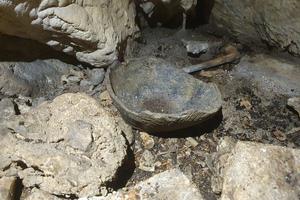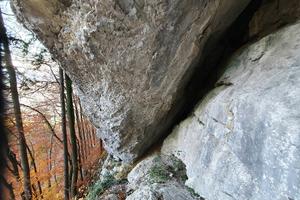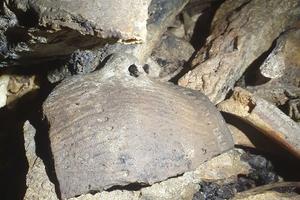Slovak cavers can claim another success following their discovery of 250 m of new corridors and halls in the Demänovská Ice Cave at the end of 2020.
On a January weekend walk in the woods, an employee of the Slovak Museum of Nature Protection and Speleology in Liptovský Mikuláš and his girlfriend came across a new cave. After a return to the place of discovery with his colleagues, they managed to find several other caves on a rock terrace in a limestone massif.
The Environment Ministry, which published the news on January 24 on its website, even talks of “a unique archaeological discovery” in the north of central Slovakia.
The exact location of the caves has not been released.
Shards
It is not just caves that experts discovered, however. One of the caves provided them with valuable archaeological finds about 5,000 years old.
For instance, cavers found vessels of the Baden culture. This culture lived in central and south-eastern Europe around the third millennium BC.
Fragments of the vessels first need to be glued back together in order for experts to say what they actually are.
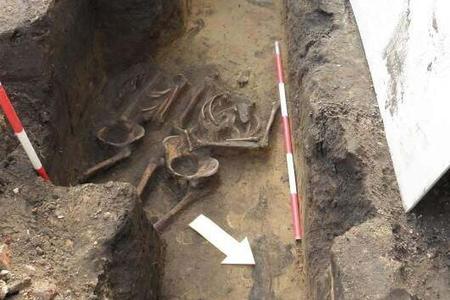
Zuzana Šimková, who works at the Liptovský Mikuláš museum, told the Veda na Dosah science website in late January they only had written records from the 20th century mentioning similar finds linked to the Baden culture. “These are mostly just mentions that a shard or a stone tool was found in a cave,” she said.
The written records should relate to five caves in the Liptov area, Šimková added. “That is why our discovery is so rare.”
Skeletal remains
Cavers also found human remains and a large number of animal bones in the cave. They are believed to date to 3,000 BC.
“These human remains were scattered around the cave,” Šimková said.
Experts do not yet know why. Conservationists, archaeologists and anthropologists will now research what the discovered objects were used for and what ceremonies were held in the cave.

“So far this cave does not appear to have been for everyday use,” Šimková told Veda na Dosah. The finds come from an age when people no longer lived in caves, she continued.
They could have used the caves in the event of danger, as underground burial grounds, or as places where they made human sacrifices to underground deities, for example.



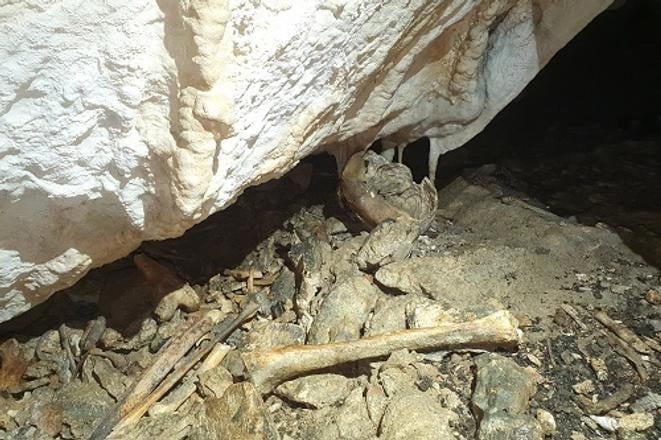 New caves, vessels, animal bones and human remains were found in the Liptov region in early 2022. (source: Environment Ministry)
New caves, vessels, animal bones and human remains were found in the Liptov region in early 2022. (source: Environment Ministry)
